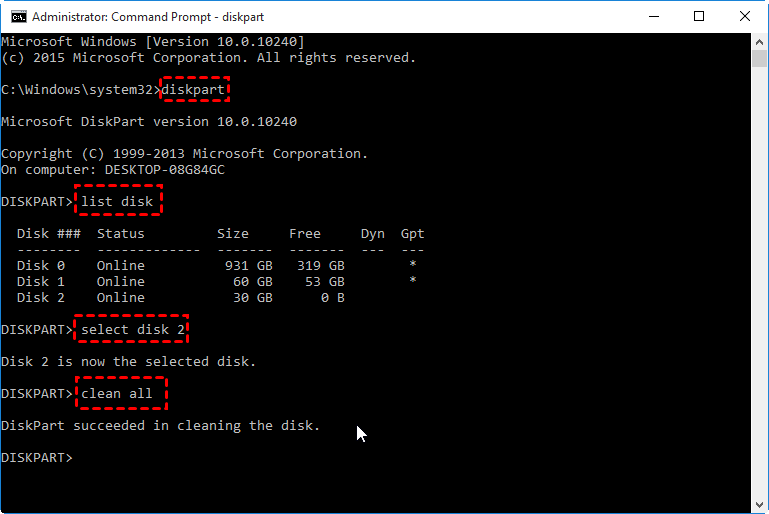

- MAC DISK UTILITY SECURE ERASE SSD INSTALL
- MAC DISK UTILITY SECURE ERASE SSD UPGRADE
- MAC DISK UTILITY SECURE ERASE SSD MAC
Am assuming that the flash drive is now using APFS and has the same pretty good security characteristics as the SSD?īTW this stuff important to me as I travel with the Mac book (my only system) and want to avoid (as much as possible) any issues associated with theft/loss or some strange customs guy.ĪPFS, while available to try in Sierra, really should not be used for anything except experiments to see what it is all about. The secure erase function was then no longer available. Did this, which took over an hr, reformatting and re-encrypting.

Interestingly I plugged in a thumb drive (SanDisk 128gb/ usb 3.0) i had created and encrypted using OS X containing back up files and was able to access secure erase.
MAC DISK UTILITY SECURE ERASE SSD UPGRADE
Thus an SSD's free space encrypted and running Sierra is more secure (once trash is emptied) than the same encrypted system under 10.11 using secure empty trash/erase or other overwriting technique? With the added advantage of being faster and easier on the SSD?Īm assuming that the Sierra upgrade procedure processes all existing data to allow these capabilities for existing files? Previously the secure erase/secure empty trash function would overwrite files but was not entirely effective due to the inherent limitations of an overwrite strategy when using an SSD? 'File' is then 'released' to free space and available for reuse?Ģ. When said file is deleted it remains encrypted but its unique encryption key is eliminated so the file is unrecoverable. the new APFS file system - when used in conjunction with an encrypted SSD via filevault - uses a random, dynamically created and of course, fiercely strong and unique encryption key for each file. If I understand this correctly, in concept:ġ. Apple's new APFS file system which is being previewed on Sierra includes the ability for each file encrypted with its own dynamically created encryption key, so that deleting that file will throw away that key so there is no way to get that data back. But keep in mind it is a waste of effort doing this on an SSD, and not 100% reliable on an rotating hard disk.Īs EtreSoft says, Apple has been shipping most of their Macs using SSDs, and going forward, it appears they will be moving towards all Macs shipping with SSD, so a secure erase is not useful for these Macs.
MAC DISK UTILITY SECURE ERASE SSD INSTALL
If you have a rotating hard disk, you can use a package manager, such as Home Brew, MacPorts, or Fink to install an open source 'srm' package, or you can search for an App that claims to do secure erase. On a rotating disk drive, as long as none of the blocks became a bad block, secure erase would wipe the file. Using Secure Erase on an SSD never deletes the data you want, and shortens the life of your SSD. Then when you reformat your storage, the encryption key will be thrown away, and all the encrypted data is just a bunch of random bits.Įncrypting after the fact, means that any bad blocks will have readable data with the right tools, any SSD's with block that have not been pre-cleaned will be readable with the correct tools.īasically if you have a SSD and did not keep the SSD always encrypted, then you will expose some portion of your personal data to anyone with the correct tools when you sell your Mac.Īs for the old Secure Erase of individual files, that is no-longer a Finder option as of El Capitan, and no longer an 'srm' command via Terminal in Sierra. Then all your data is encrypted, including any bad blocks, or on SSD's the blocks that have not been pre-cleaned. You should use FileVault from the first day you purchase your Mac.


 0 kommentar(er)
0 kommentar(er)
